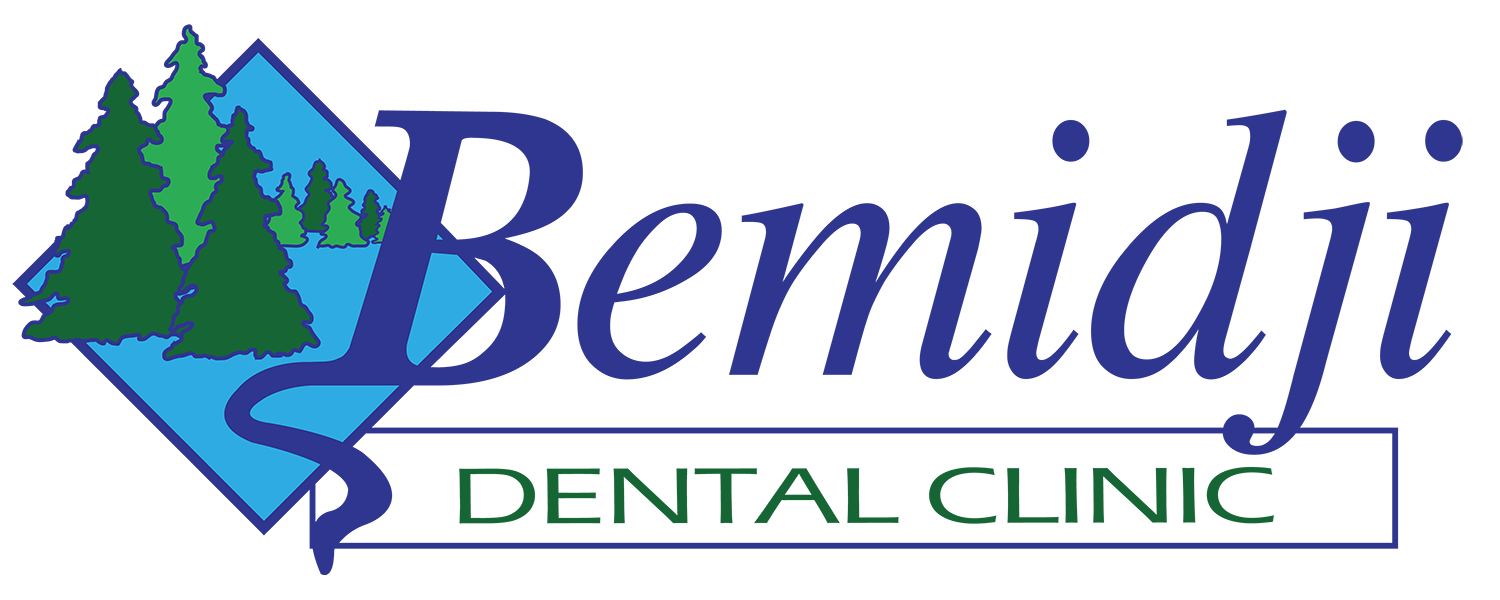Cone beam computed tomography (CBCT) is a relatively new method that produces three-dimensional (3D) information of the maxillofacial skeleton, including the teeth and their surrounding tissue, with a lower effective radiation dose than traditional CT scans.
CBCT has become increasingly important in treatment planning and diagnosis in implant dentistry, ENT, orthopedics, and interventional radiology, among other things. Perhaps because of the increased access to such technology, CBCT scanners are now finding many uses in dentistry, such as in the fields of oral surgery, endodontics and orthodontics.
During dental/orthodontic imaging, the CBCT scanner rotates around the patient’s head, obtaining up to nearly 600 distinct images.
What are some typical uses of CBCT?
CBCT is used by general dentists and specialists to improve diagnosis and treatment planning in the following cases:
- Dental implants
- Location of anatomic structures: mandibular canal, submandibular fossa, incisive canal, maxillary sinus
- Size and shape of ridge, quantity and quality of bone
- Number, orientation of implants
- Need for bone graft, sinus lift
- Use of implant planning software
- Oral and maxillofacial surgery
- Relationship of third molar roots to mandibular canal
- Localization of impacted teeth, foreign objects
- Evaluation of facial fractures and asymmetry
- Orthognathic surgery planning
- Oral and maxillofacial pathology
- Localization and characterization of lesions in the jaws
- Effect of lesion on jaw in 3rd dimension: expansion, cortical erosion, bilateral symmetry
- Relationship of lesion to teeth and other structures
- Orthodontics
- Treatment planning for complex cases when 3D information needed to supplement (or substitute for) other imaging
- Patients with cleft palate
- Impacted teeth
- Root angulation, root resorption
- Temporomandibular joint
- Osseous structures of TMJ
- Relationship of condyle and fossa in 3D
- Endodontics
